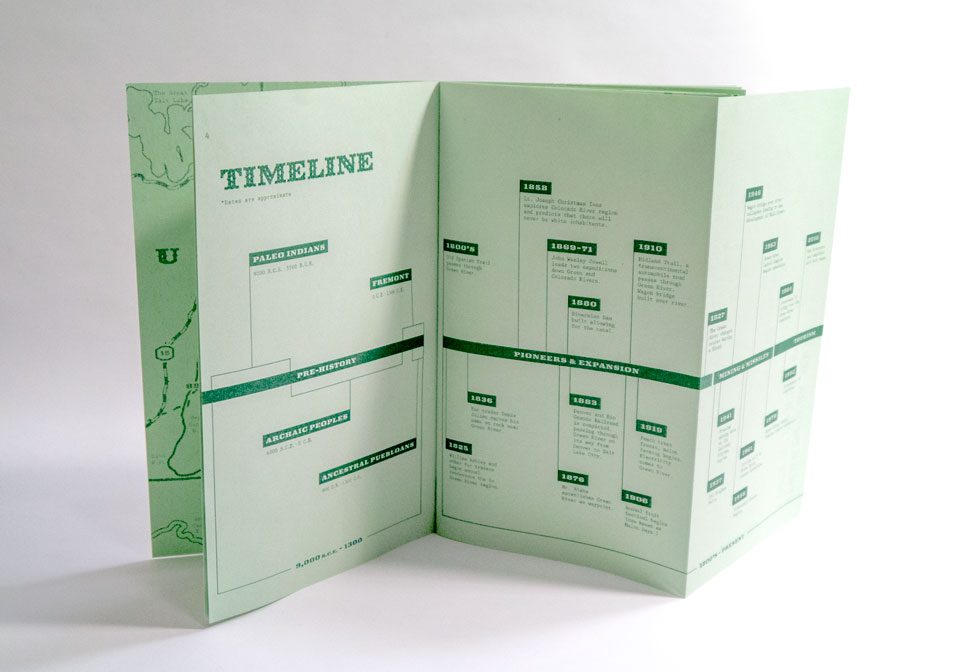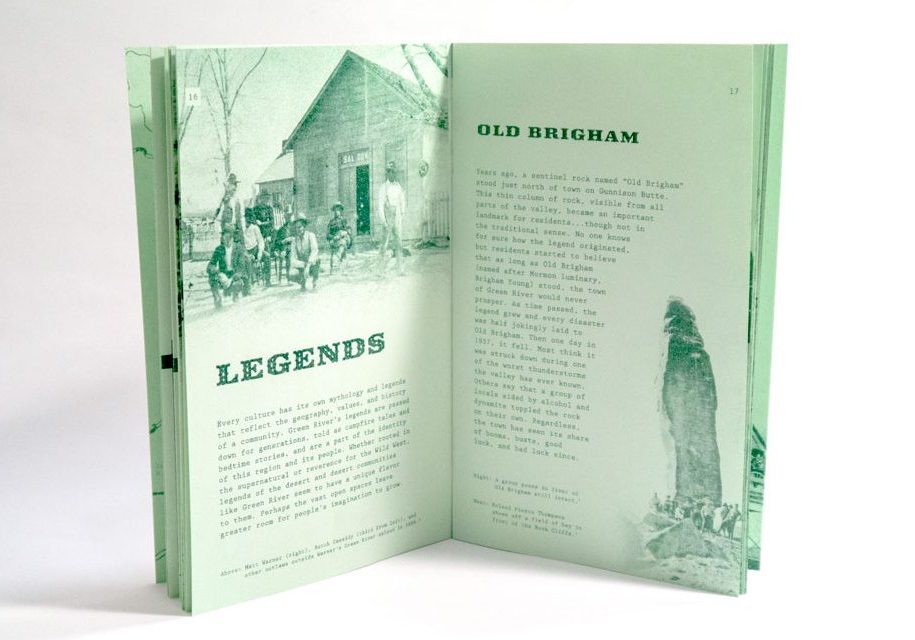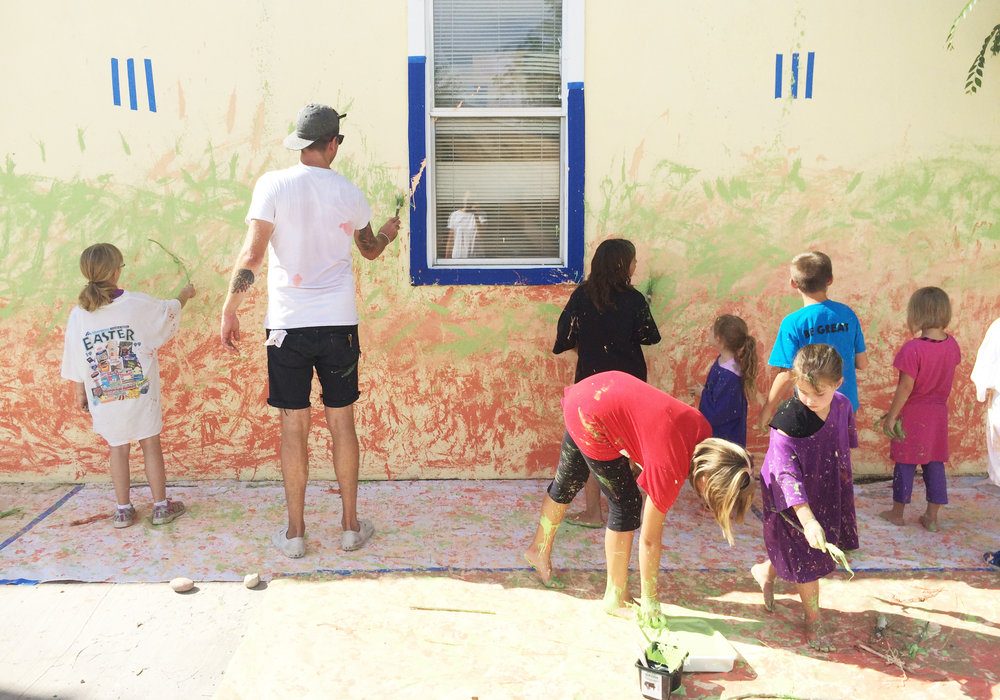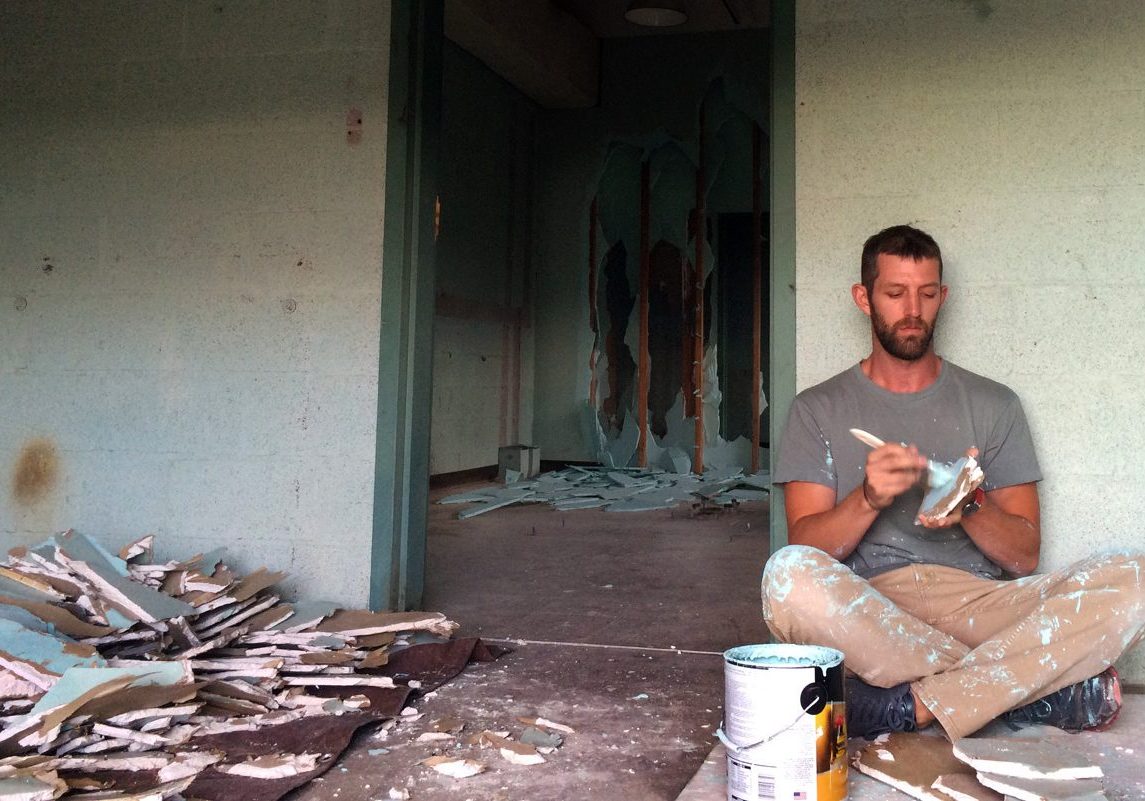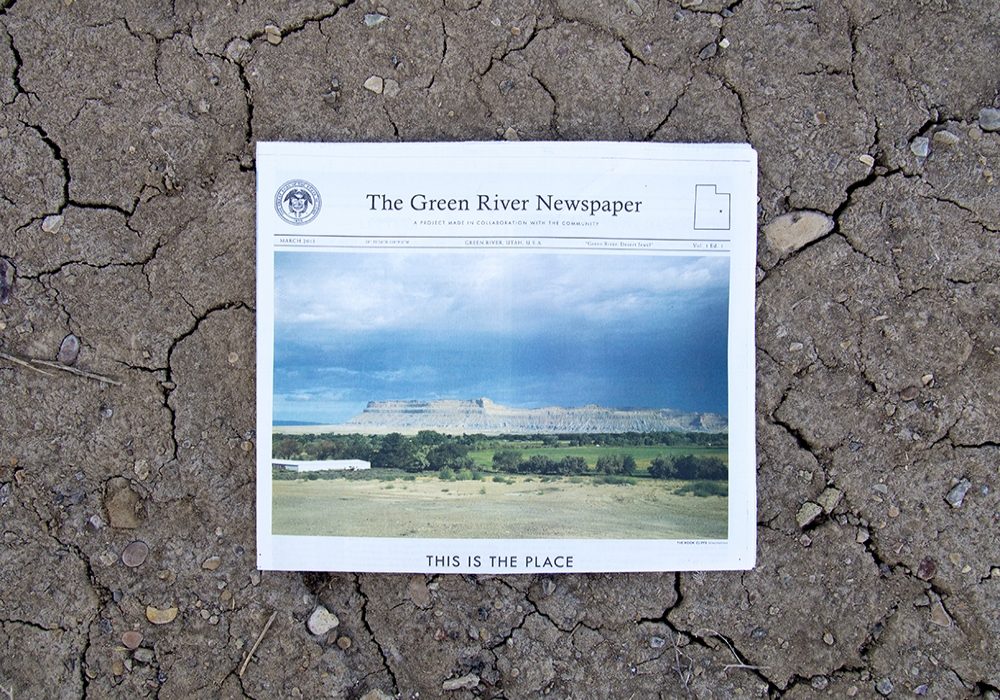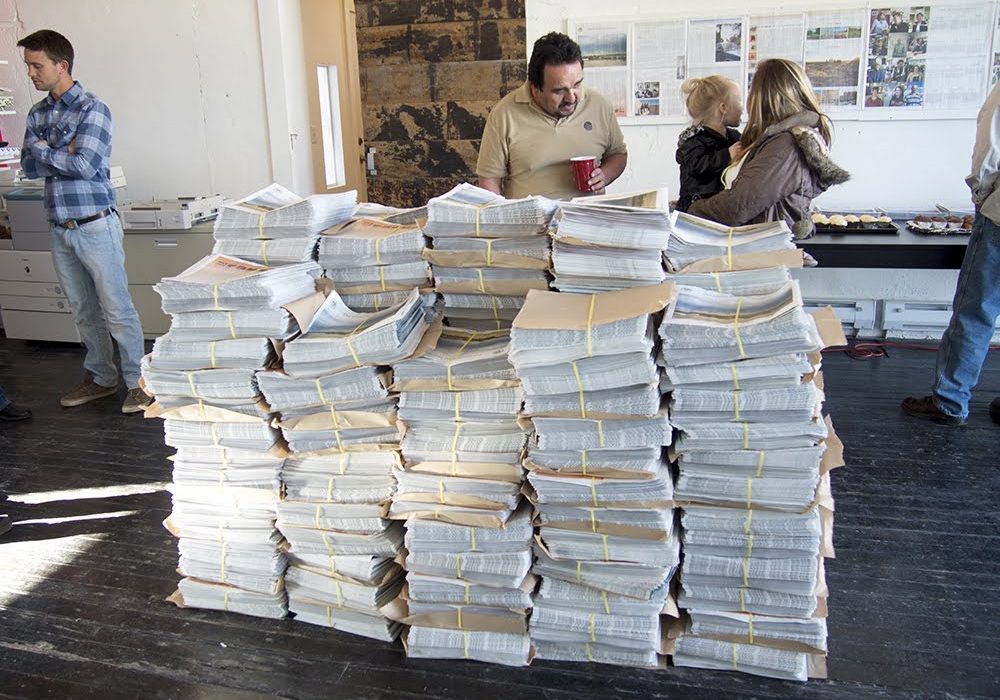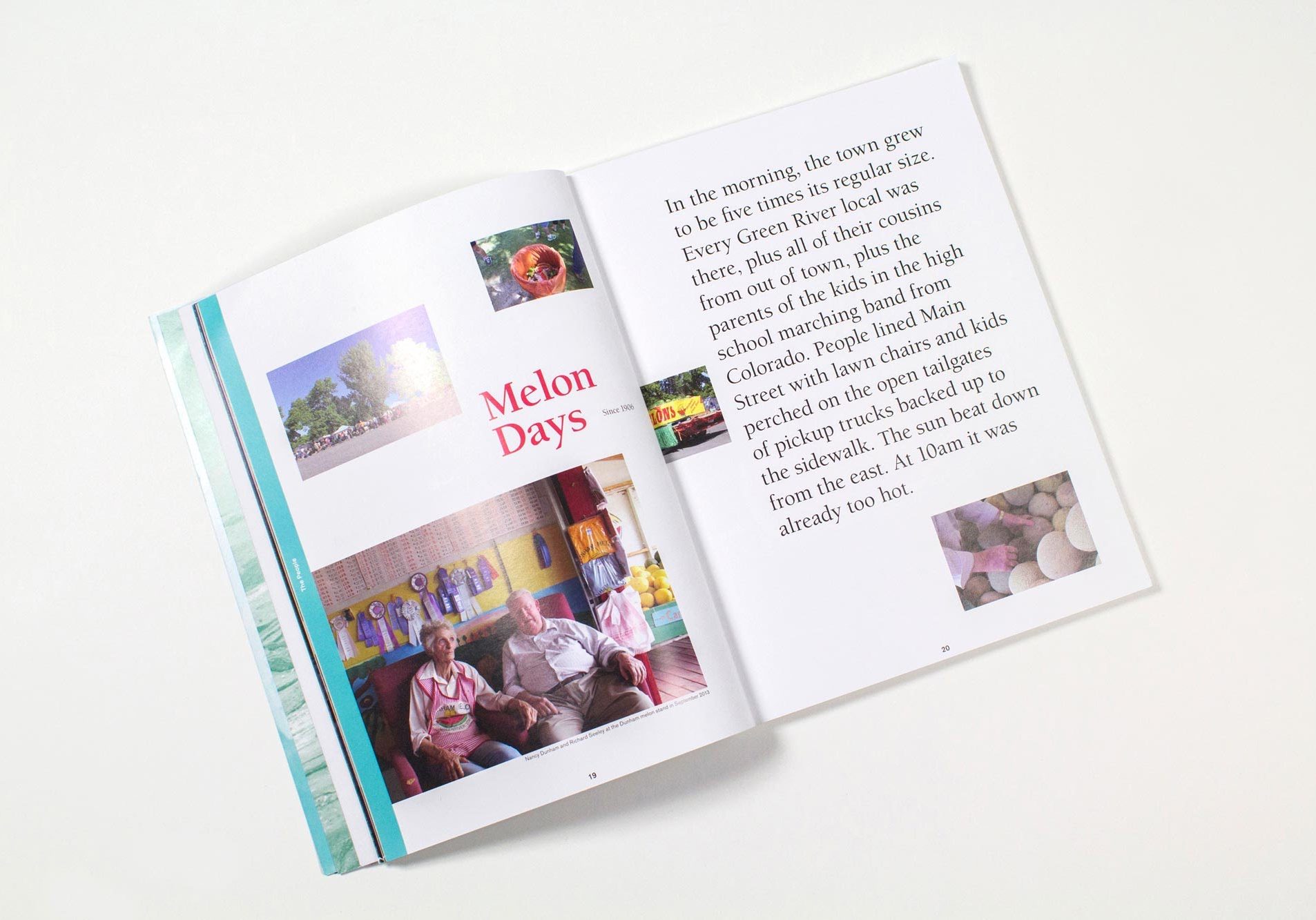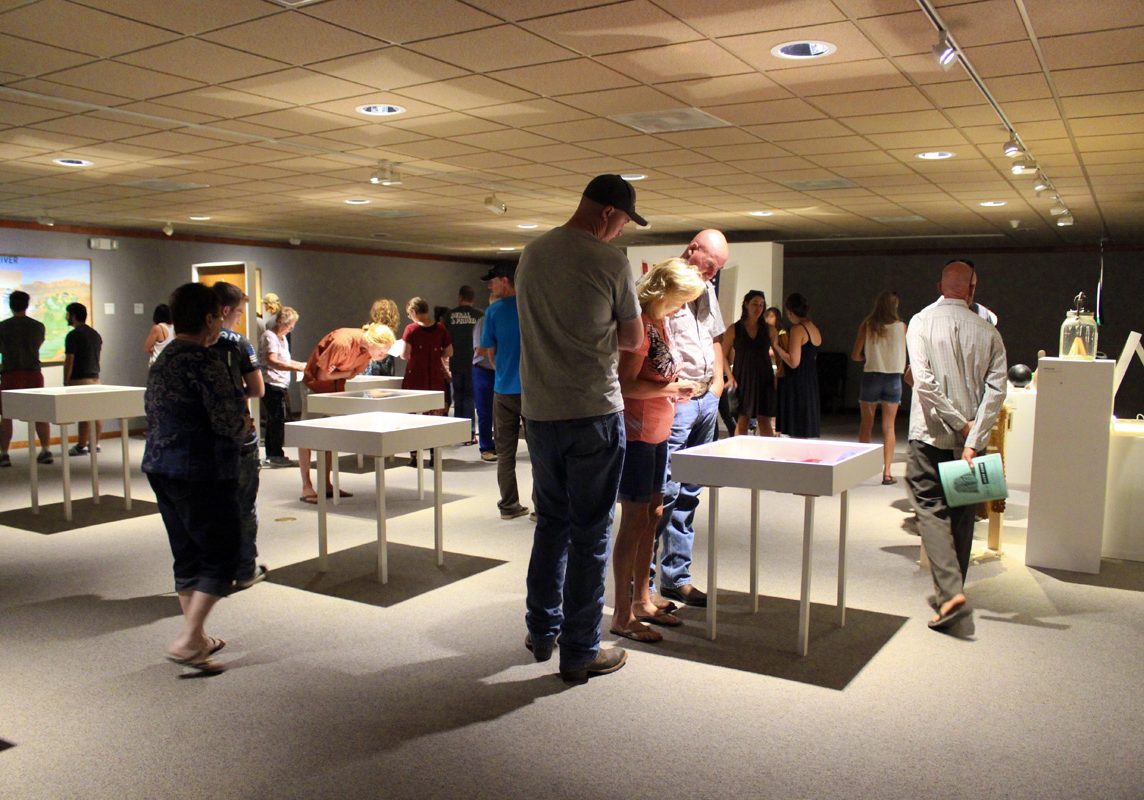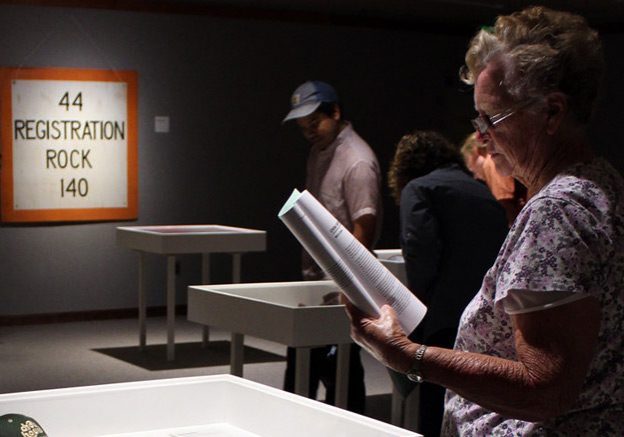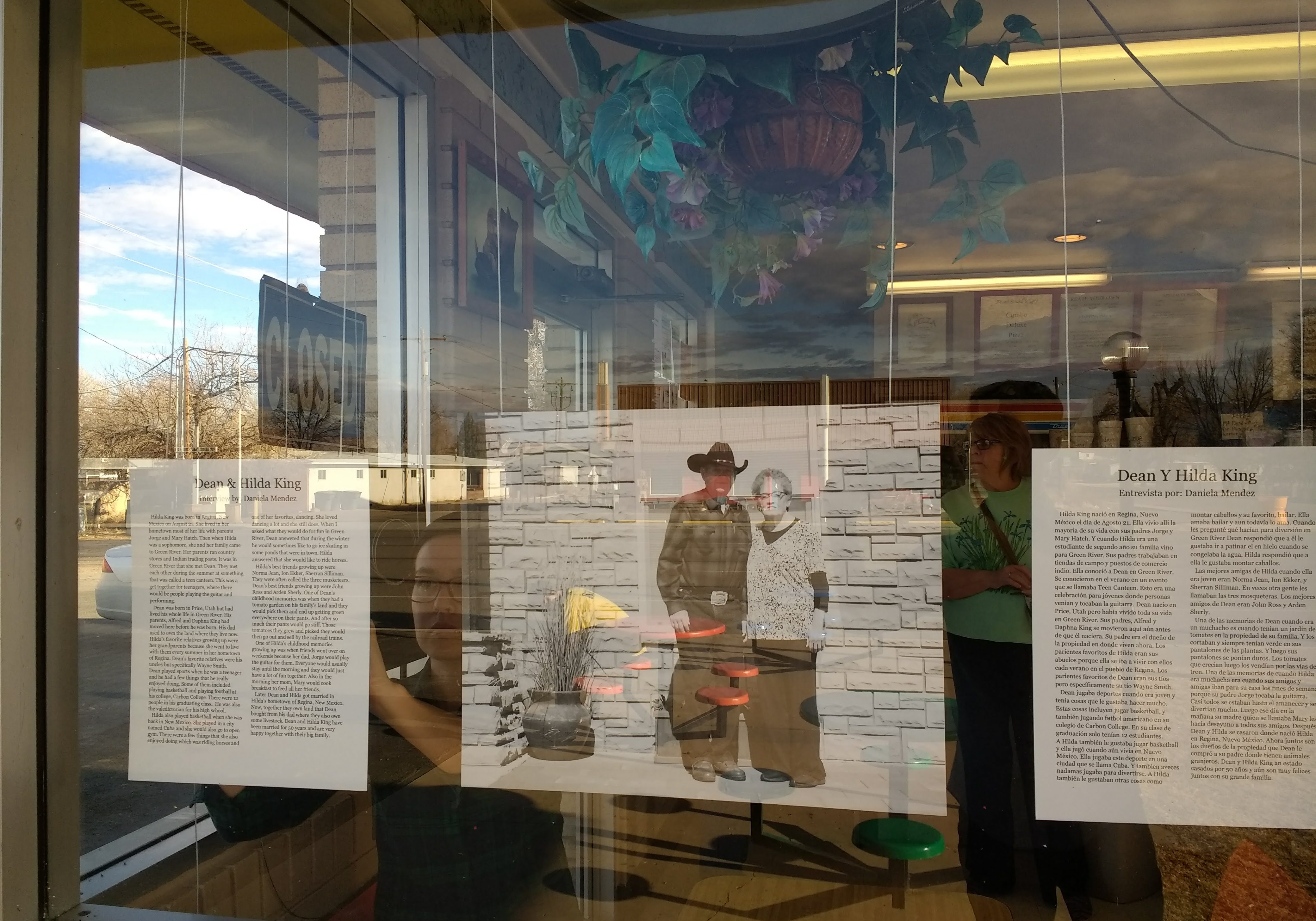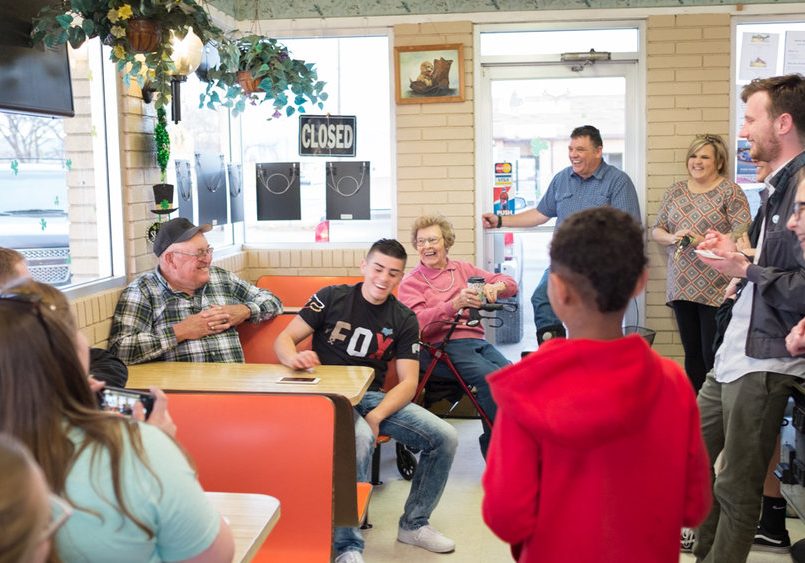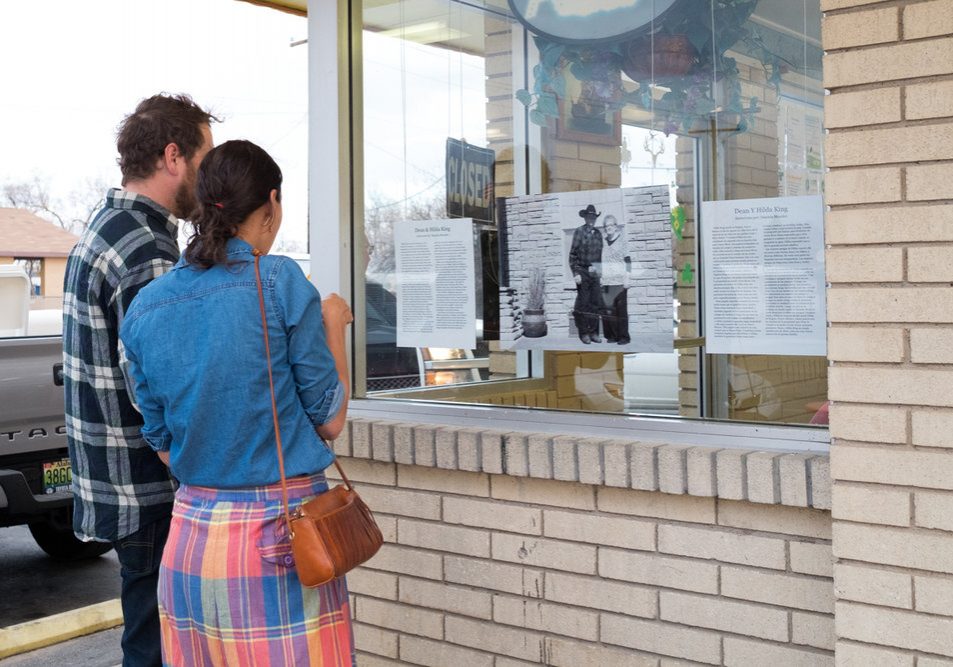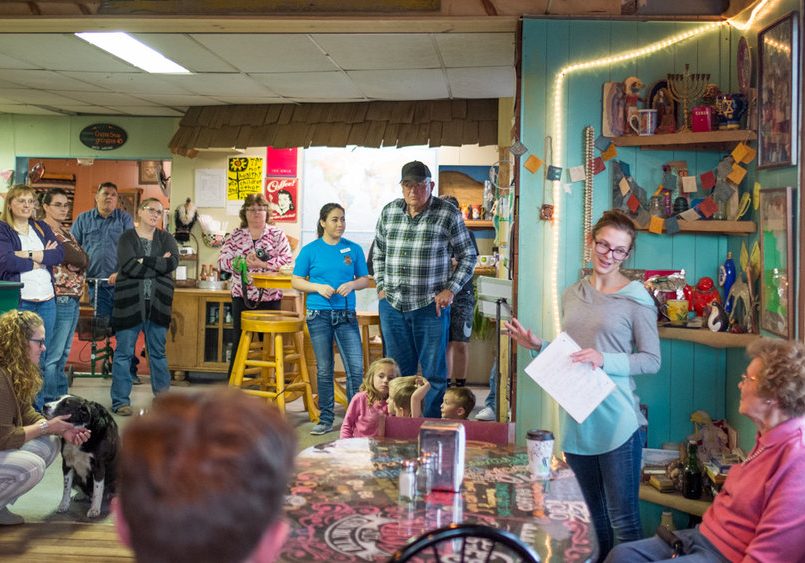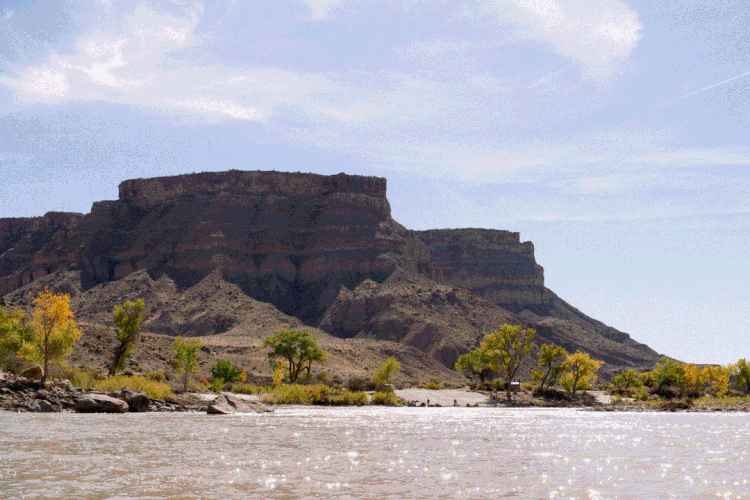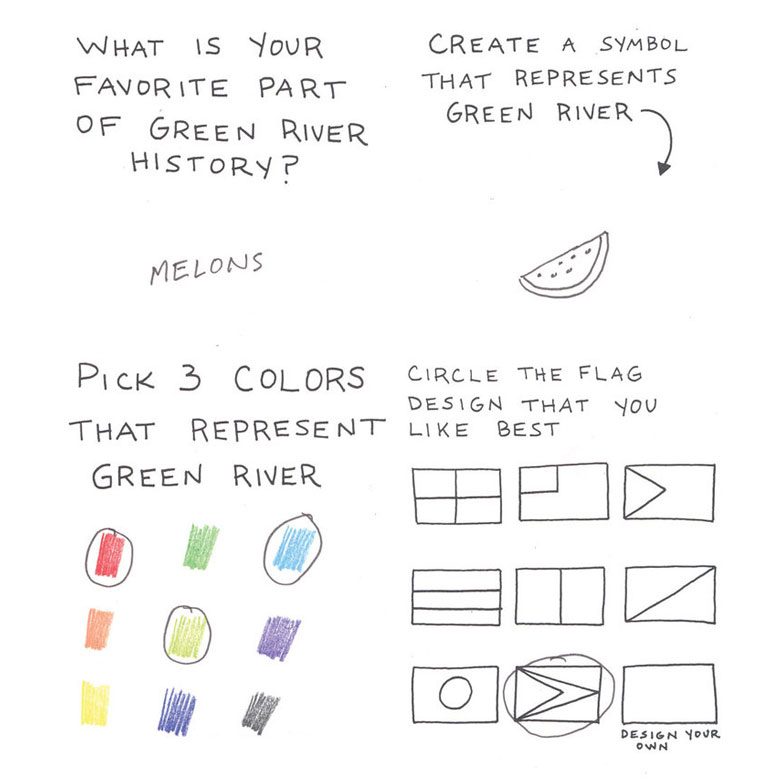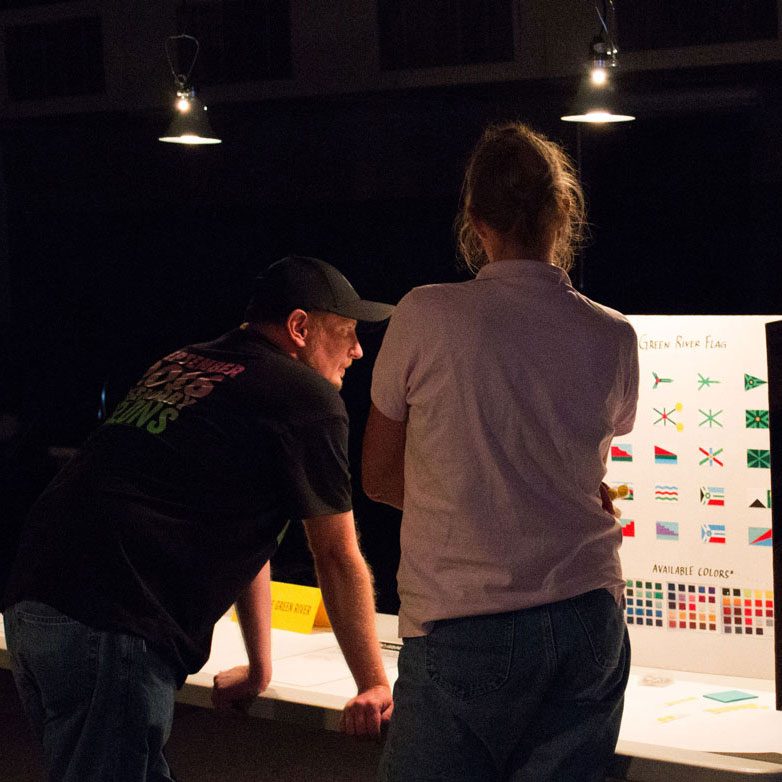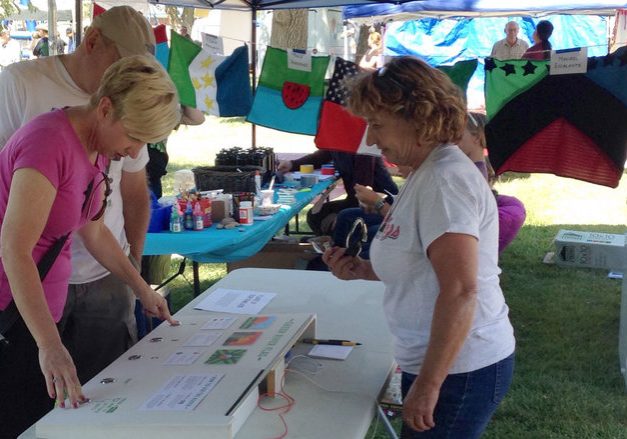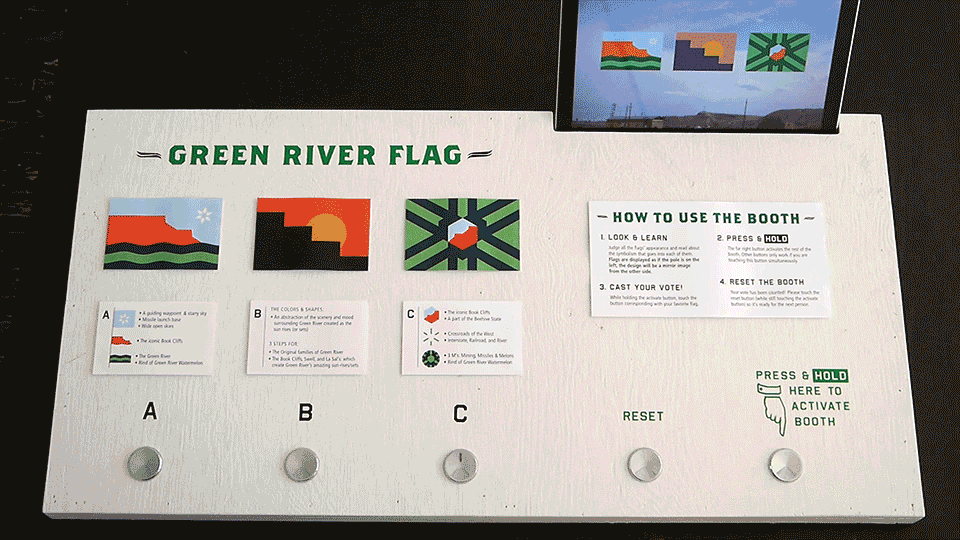For thousands of years, people have been working their way through this area, taking its measure, being shaped by it, and leaving their mark upon it. Today, an agricultural base and a thriving hospitality industry fuel the town, but there are many layers to this place that are overlooked. Green River is more than just motels, watermelons, or a blur on the highway. It’s a place worth celebrating, listening to, and learning from.
Frontier Fellowship
The Frontier Fellowship provides creative practitioners the opportunity to live and work with Epicenter in Green River. Fellows generate new work that is informed by the town’s history, the surrounding desert landscape, and the local residents. Fellows prove an integral part of Epicenter’s work of discerning and celebrating the spirit of Green River. Many Fellows use their time in Green River to reflect on the nature of making art generally, making art in the rural West specifically, and what it means to come into a place for a short amount of time and create something meaningful with a community.
The Frontier Fellowship is the exploration of the new field of study of socially-engaged contextual practice, and it plays at the borders and the confluences of art and design, creativity and community service, and pragmatism and experimentation. Our town is remote, but it is no longer an outpost from which to claim and to enclose. Instead, it is a node in a network -- of transportation, culture, experimental practice, industry, environment, and history. We seek to honor this place and its position within those networks, and Epicenter’s Frontier Fellows are an integral part of this process and our ongoing partnership with the community of Green River.
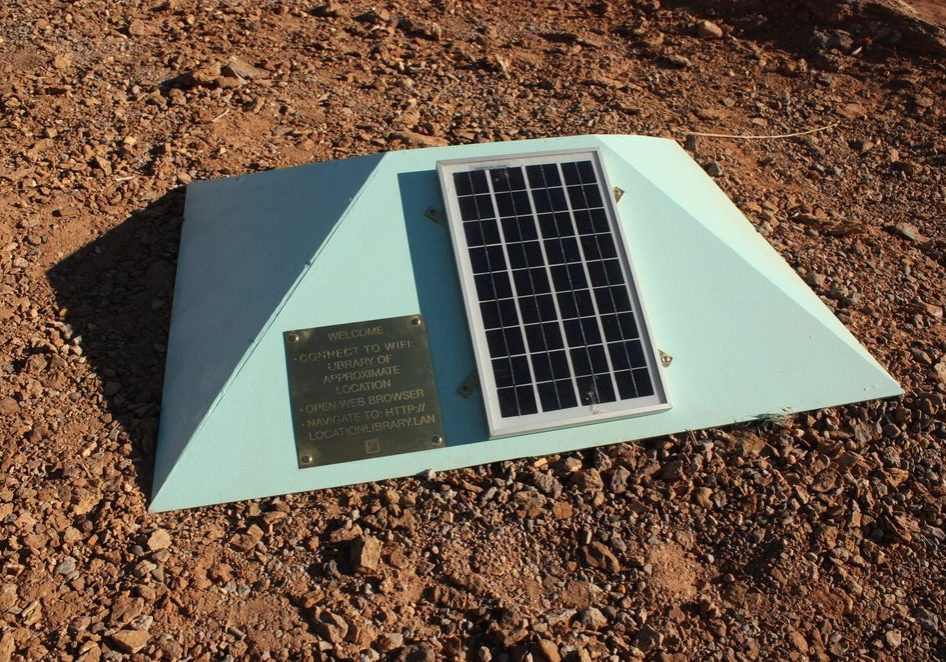
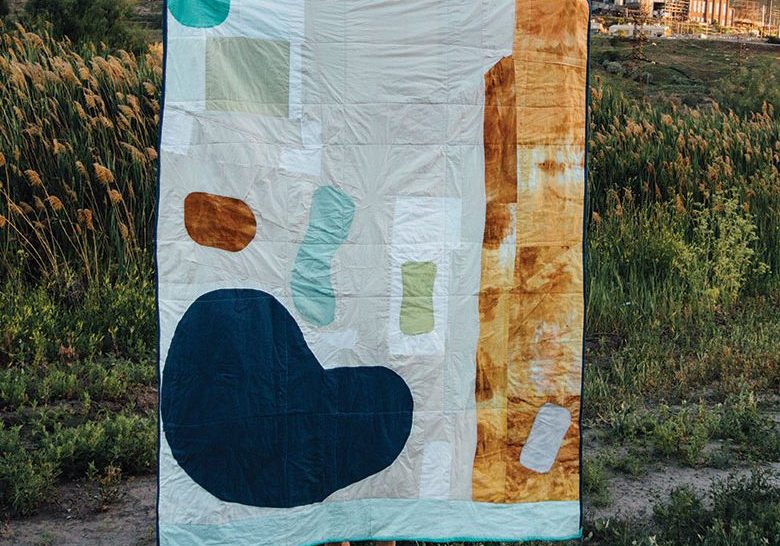
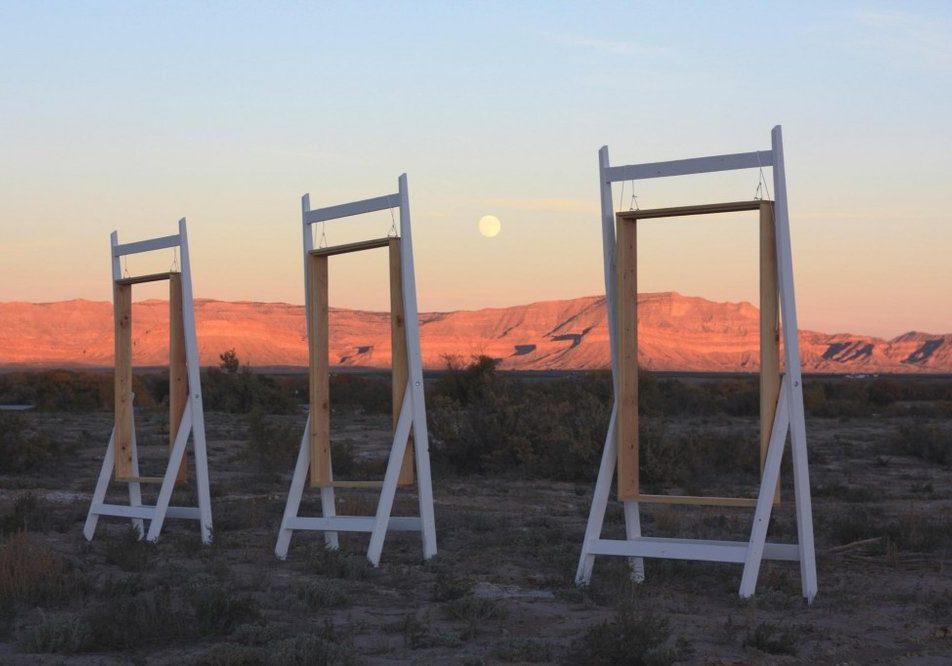
Green River Newspaper & Magazine
Some Fellows return to complete larger projects outside of the traditional month-long residency. The Green River Newspaper, a single-edition publication, was facilitated by returning Fellows, Sarah Baugh and Nicole Lavelle, who worked with Green River High School students to develop the newspaper’s content. Over the course of a month, they helped students take photos and write stories, pushing them to think about their home, their families and their futures. The kids also got to take a field trip to the Salt Lake Tribune where they learned about the printing process while seeing their paper printed. A highly-attended release party at Epicenter proved the project's success as a catalyst for engaging the community and strengthening a sense of local identity.
After the success of the newspaper, Nicole Lavelle and Sarah Baugh returned to create another publication celebrating our town. The Green River Magazine contains contributions from Green River citizens of all ages, as well as members of Epicenter’s network. Together the pieces examine the past, present, and future of this place, creating a portrait of a small western desert town in the twenty-first century.
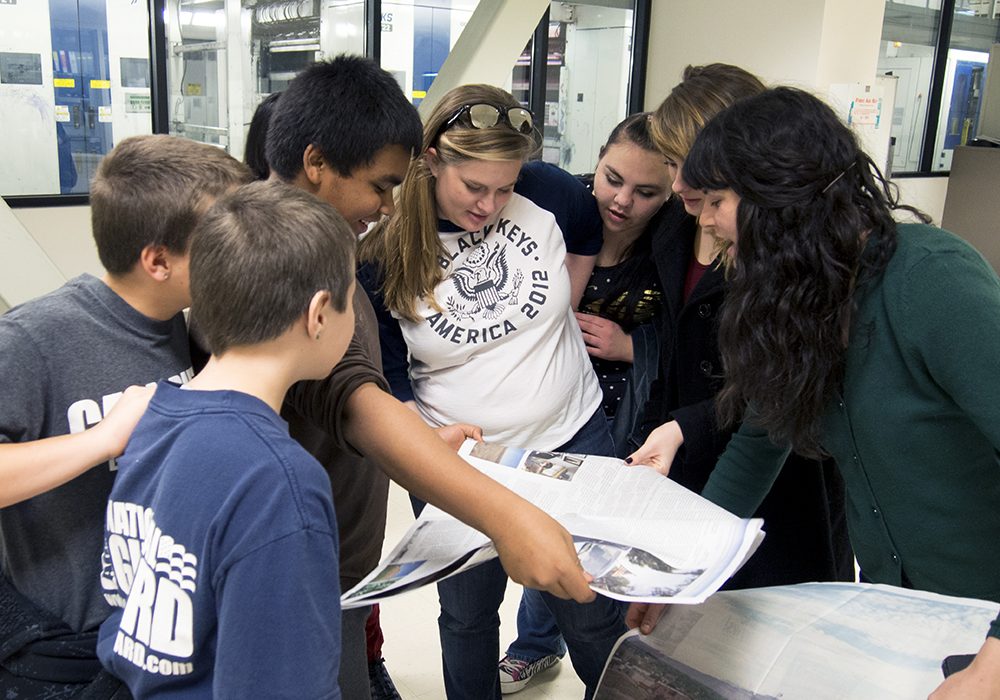
This Is Green River
Epicenter’s first major exhibit, This Is Green River was a collection of stories about the town of Green River—personal stories, public stories, and historical stories—connected to the objects and photos displayed in the art gallery of the John Wesley Powell River History Museum in Green River. The objects were lent by the town’s people and helped us to create a physical history of Green River. Collectively this exhibit told the stories of these different times through the memories of the people that lived through them and objects they have collected.
This Is Green River was curated by Pete Collard (curator from England). The exhibit was accompanied by a short trailer and documentary film by Alice Masters (filmmaker from Czechia). DesignArts Utah awarded the project the 2017 Juror's prize.
Senior Spotlight
The culture of any place is a dynamic, collective reflection of the individuals living there. Artist Jamie Horter, as a Frontier Fellow, spent her time in Green River engaging youth in an artistic act to discover and preserve new stories from the senior citizens who call Green River their home. High School teacher Craig Gowans invited Epicenter and Jamie into his classroom to work with his senior creative writing students. His class of six produced a project called Senior Spotlight. Through this project, two generations of citizens—senior students and senior citizens—shared an interaction together. Each student spent time with one senior citizen in the community, connecting and interviewing them about their life.
Students captured and edited portraits of each senior citizen. They also wrote a narrative about that person’s life. To better serve Green River's bilingual community, each student created one narrative in English and one in Spanish. Students raised money to pay for professional quality prints of their portraits and written works. Community members and participating senior citizens joined students for an evening public reception held at Chow Hound and Green River Coffee Company where the work was displayed. Students talked about their interactions with the senior citizen they spoke with and gave anecdotes about the things that stuck with them in their conversations. Some of the senior citizens in attendance shared a few of their own life stories with the public.
While the exhibit was temporary, work is being done to preserve these portraits and narratives for the people of Green River. We also plan to make this an ongoing project, possibly tying in home accessibility and repair for senior citizens. Each year would be a new opportunity for youth and senior citizens to connect. Over time, the stories and images collected will continue to grow, becoming a dynamic archive about the individuals and collective culture that make Green River what it is.
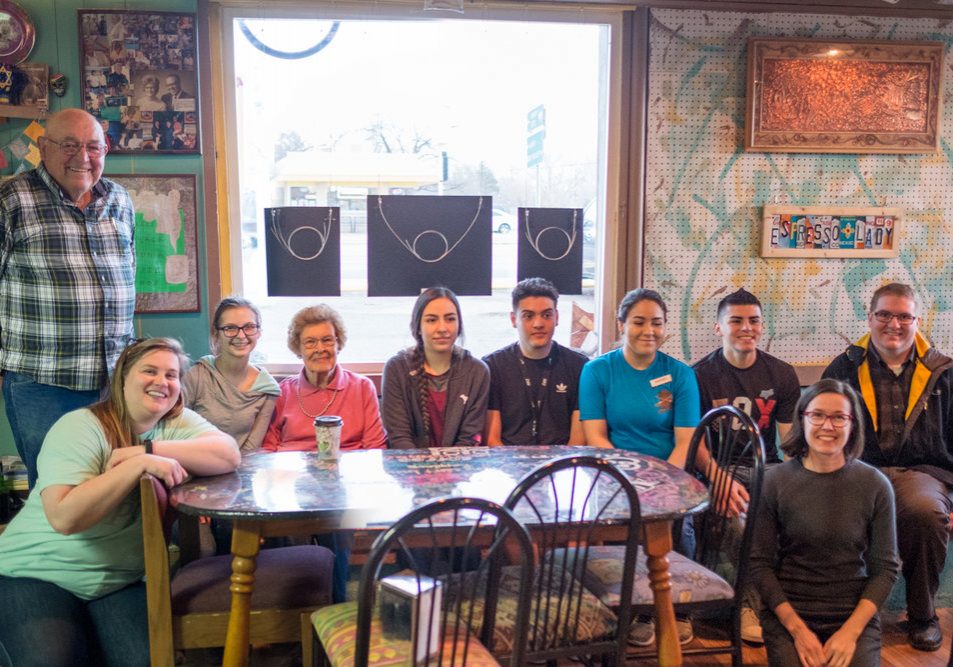
Green River Community Flag
While a city logo provides a face for the local government and marketing campaigns work to attract outsiders, a flag gives the community itself a symbol to rally behind and a tangible way to show civic pride. Frontier Fellow Ashley Ross and AmeriCorps VISTA Jarod Hamm worked together to create a flag for Green River. They surveyed residents and researched town history, learning what visuals best represent the town’s past, present, and future. Three finalists designed from the community feedback were put to a vote during the week of Melon Days, Green River's annual celebration of the melon harvest. The final design won with over 60% of the vote. Since the flag was announced, it has been adopted by the City and is flown outside Green River homes, businesses, and at City Hall.
The flag begins with a wavy green stripe to represent the river and also pay homage to the famous Green River melons. It flows below a burnt-orange silhouette of the iconic Book Cliffs. Above, big blue skies represent Green River’s open spaces and bright future. The star references the town’s history as a missile testing base and waypoint destination, and is rotated at a 18.83 angle for the year “Greenriver” was named.
The Future
Epicenter will continue to celebrate our community by facilitating exhibitions and creating publications (such as Glen Canyon: A River Guide Remembers and Field Guide to Green River History & Culture). The Frontier Fellowship will continue to bring new people and perspectives into our work and community. In the coming years artists will work with Epicenter’s staff members to engage the community in creative activities that will inform the development of new affordable housing in rural southeastern Utah. Possible activities/projects include documentation, meals, installations, performances, and more. Through this we hope to bring housing, art, and every other aspect of our work together into a single vision and set of goals.
